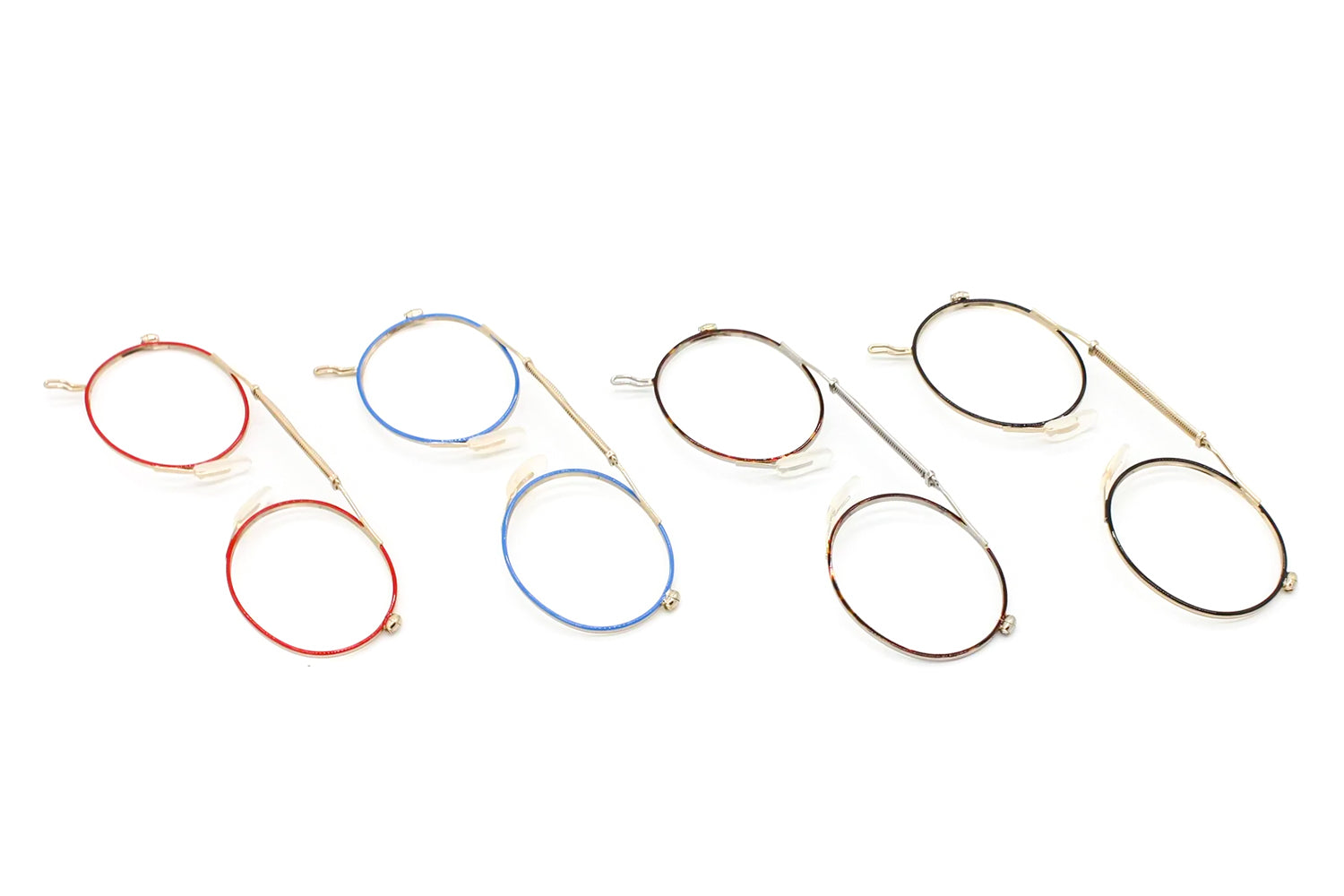
From Nostalgia to Necessity: Why Pince-Nez Glasses Are Still Relevant in 2025
Recalling the origins of the spectacle, you might think first of the Pince-Nez style of glasses, even if you aren’t familiar with the name. Intellectuals, presidents, and vintage eyewear aficionados find that the Pince-Nez style of glasses, one of the oldest, offers modern benefits. While the origins and original popularity spiked in the late 19th and early 20th centuries, the Pince-Nez is renowned for their elegance and practicality today. The style has witnessed a resurgence for those with presbyopia or age-related vision loss, frequent mobile phone users, and as an alternative to reading glasses. Let’s focus on this style and unearth why it endures and reinvents itself.
What is Pince-Nez?
The Pince-Nez, pronounced like this, is French for pinched nose. The glasses work without connecting to the ears; instead, they pinch the nose and are connected around the neck, or if not, by a cord. They gained popularity between 1890-1900 especially when glasses-wearing had a stigma attached. Throughout the 20th century, the Pince-Nez style distinguished wearers and was the mark of an intellectual. Famous wearers include Theodore Roosevelt, W.B. Yeats, and Anton Chekov. They have endured more for their practicality, while design upgrades, including slim designs and lightweight material, make them a modern choice. The Pince-Nez also meets the global need of a surging population of eyeglass wearers looking for portable, lightweight glasses for occasional use.
A Quick Look at the Modern Need
Upwards of 2 billion people suffer from age-related vision loss, or presbyopia. Presbyopia is natural and gradual vision loss. It is an entirely normal part of aging, but a boom of adults over 40 are experiencing age-related vision loss. Some common symptoms of presbyopia are holding objects further away to read, blurred vision at a normal reading distance, and eye strain after doing close-up work. What is the most common prescription for presbyopia? Reading glasses!
Reading glasses are generally the first step people take when they notice signs of age-related vision loss. The Pince-Nez is a perfect fit for many making this transition. The modern varieties of Pince-Nez are small, lightweight, properly fitted to a wearer's face, and easy to pop on and off for everyday activities. You never know when you need to read something and the Pince-Nez can be a pocket-size solution.
Recalling Pince-Nez Designs
There is high demand for modern updates to classic designs in eyewear and the Pince-Nez is a perfect example. It is both retro and vintage, yet it is also minimalist and practical. The original Pince-Nez is also the origin of all other eyewear, and distinctly for popular round eyewear shapes which remain a staple in the 20th and 21st centuries. Here are some of the earliest Pince-Nez shapes, what makes them distinctive, and how the evolution favored function over fashion.
Rivet spectacles: This is the earliest form of the Pince-Nez. Developed in the 15th century, this form was crafted from bone, wound together with iron and joined with rivets. The lenses folded together and the glasses opened from the center.
C-bridge: The C-bridge design was notably more advanced. The update included lighter weight material that also matched the nose shape and eye distance of the wearer. These were predominantly gold and used between the 1820s to the 1940s. During this period, nose pads were also added.
Astig: The Astig model is short for the ability of the model to help relieve astigmatism and were marketed and popular between the 1890s and 1940s. They were marketed as “sporting glasses” because they fit the face more securely thanks to a spring bar that adjusted nose pads to the face.
Fits-U: Like the Astig, the Fits-U was a more fitted pair of frames that expanded on the idea of the spring bar but used levers located above or in front of the bridge to open the sides of the glasses and release them so they would close onto the nose precisely.
Oxford Spectacle: The Oxford Spectacle is not strictly Pince-Nez. As the story goes, an Oxford Professor broke his pair of spectacles in the 19th century. He then affixed nose pads on the round spectacles, and the result is the Oxford Spectacle, that rests on the bridge of the nose.
Modern Pince-Nez are customizable with various frames & lens options and can be a standout piece of your style. For those looking to reduce their carbon footprint, they are also durable and timeless, reducing waste. There is no need for ear hooks or nose pads, and they are perfect for the occasional wearer. We see the Pince-Nez aficionado as fashion-forward with an appreciation for the rich history of the style.
Vint & York Pince-Nez Picks
Authentic vintage frames in the Pince-Nez style have evolved to the benefit of wearers. Vint & York offers updated modern versions. Our limited edition styles are custom-made and blend nostalgia and practicality with the advancements in lens technology and lightweight materials. Every Pince-Nez is an iconic accessory, and our modern updates can more precisely fit your style. Surprisingly, the Pince-Nez is very durable, and maintenance is easy. If you want to explore vintage-inspired styles customized to meet modern needs, shop Vint & York here!




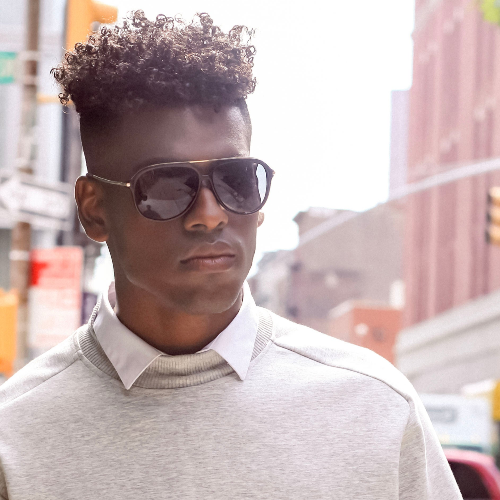


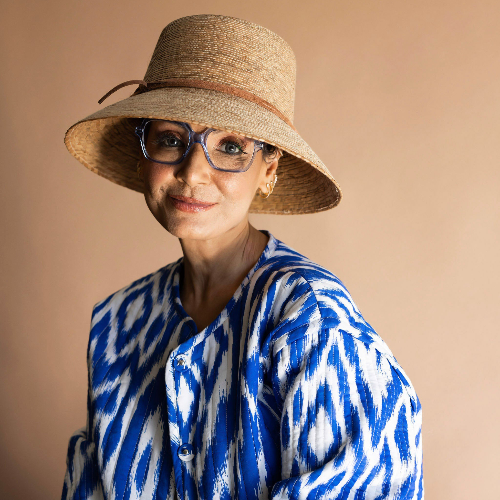
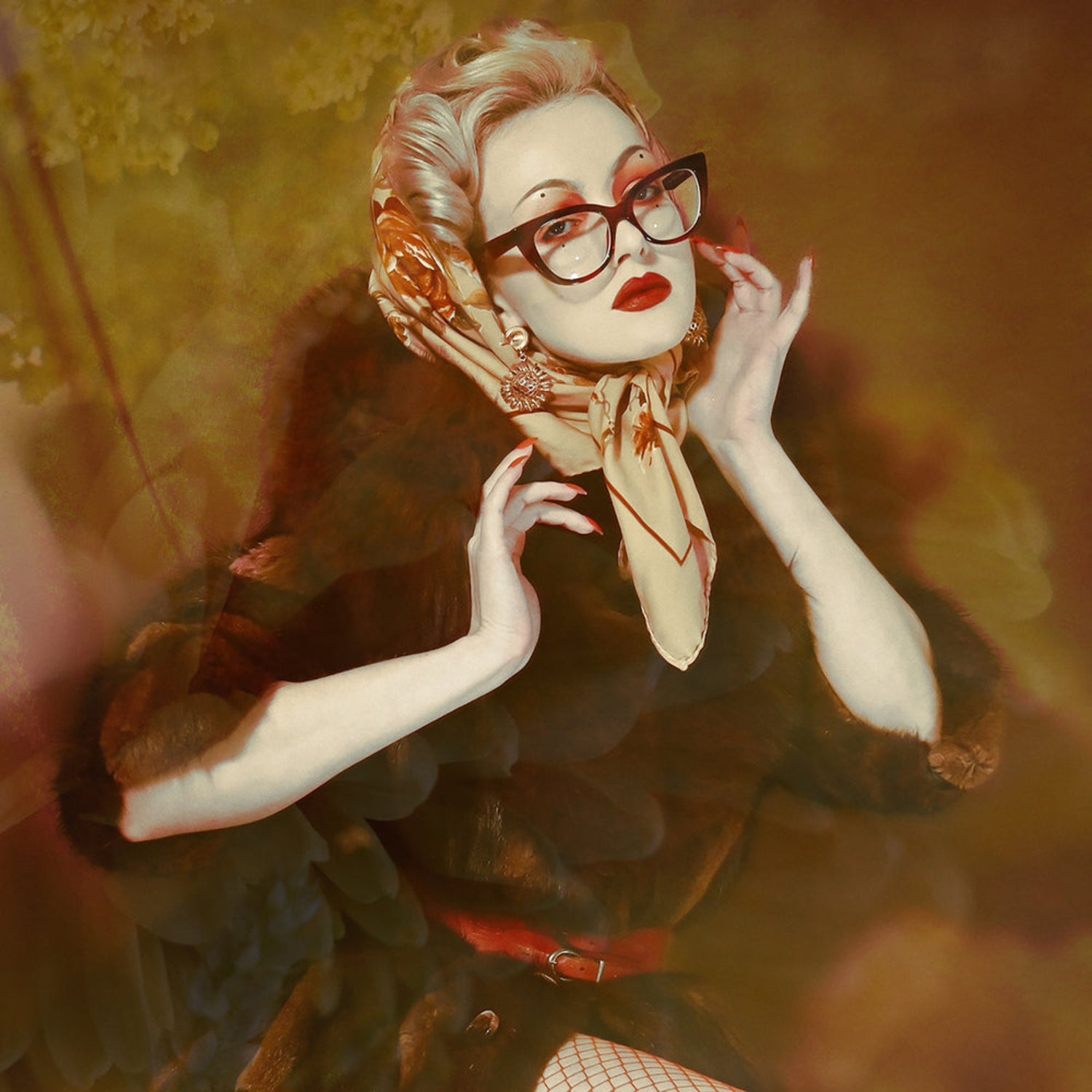


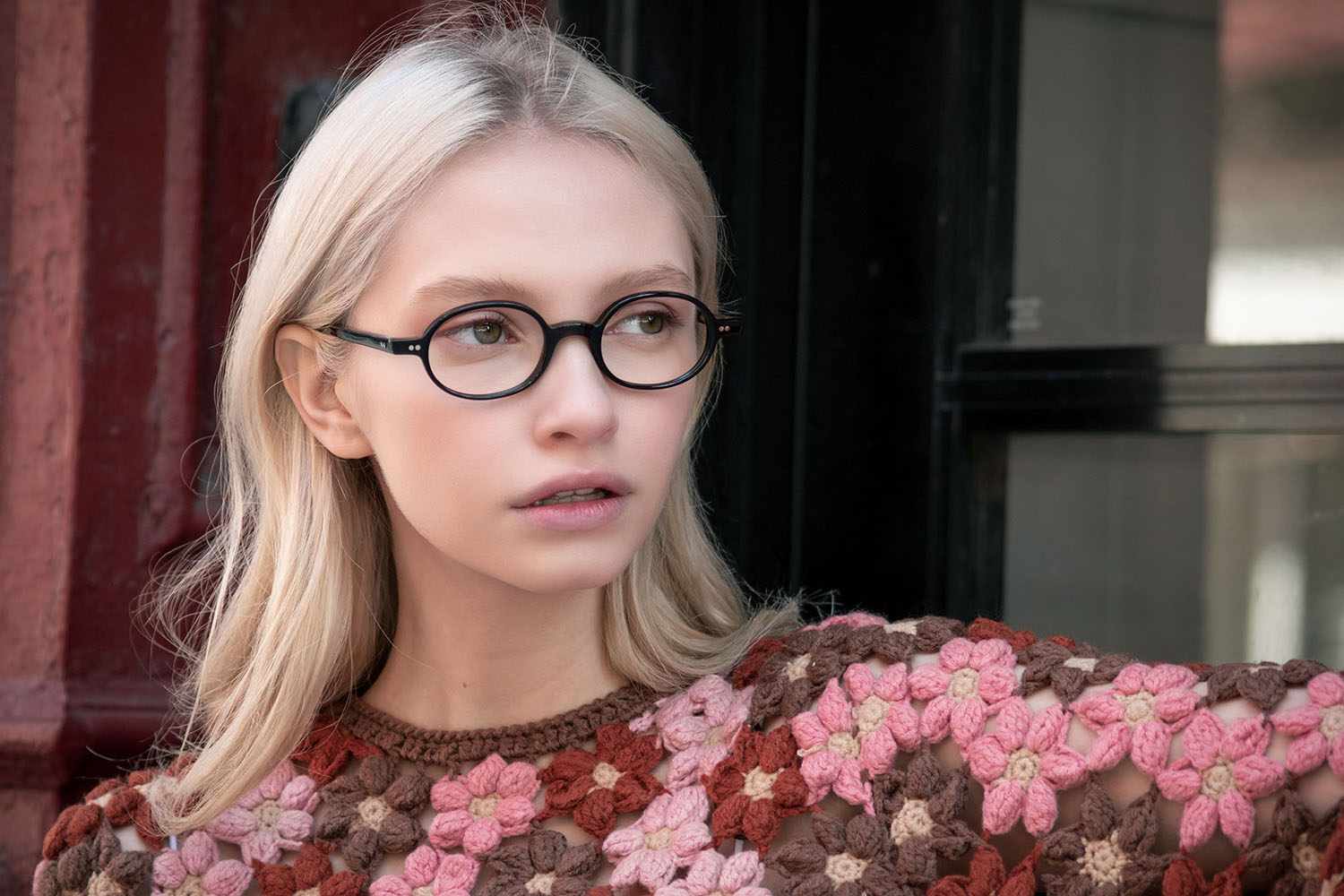
Leave a comment
This site is protected by hCaptcha and the hCaptcha Privacy Policy and Terms of Service apply.